When your chili is too spicy, the fastest way to reduce heat is to add dairy products like whole milk or sour cream. These contain casein, a protein that binds to capsaicin—the compound causing heat—and washes it away from your taste receptors. Here are science-backed methods to cool down chili without losing flavor:
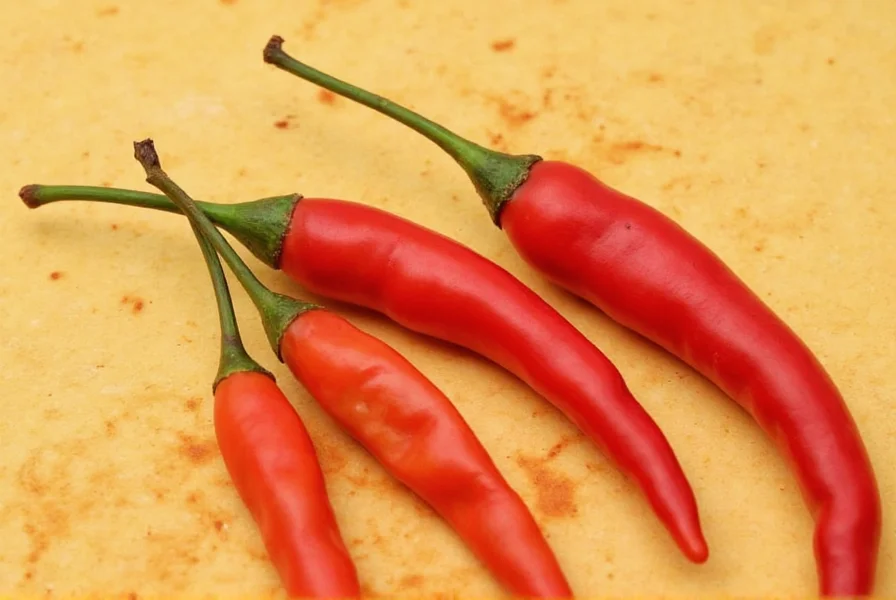
Dairy to the Rescue: Milk, Cheese & Sour Cream
Dairy products are among the most effective ingredients for reducing spiciness in food. Why? Because capsaicin, the compound responsible for the burn, is fat-soluble—and dairy contains casein, which helps wash it away.
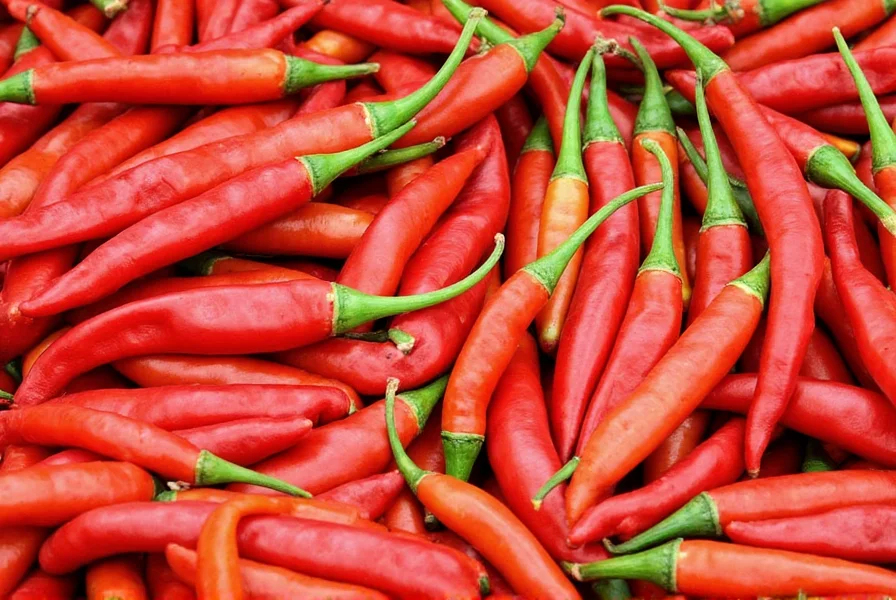
- Milk: A splash of milk cools the mouth instantly. Whole milk works better than skim because of its higher fat content.
- Sour Cream: Stirring in a dollop adds tanginess while taming the heat.
- Cheese: Creamy cheeses like mozzarella or goat cheese blend beautifully into chili.
Pro Tip: Add dairy at the end of cooking to avoid curdling, especially with sour cream or yogurt.
Add Some Acid: Balance Out the Burn
If you're looking for a non-dairy alternative, turn to acid. Vinegar, citrus juice, or even tomatoes can help neutralize the heat by balancing flavors and distracting the palate.
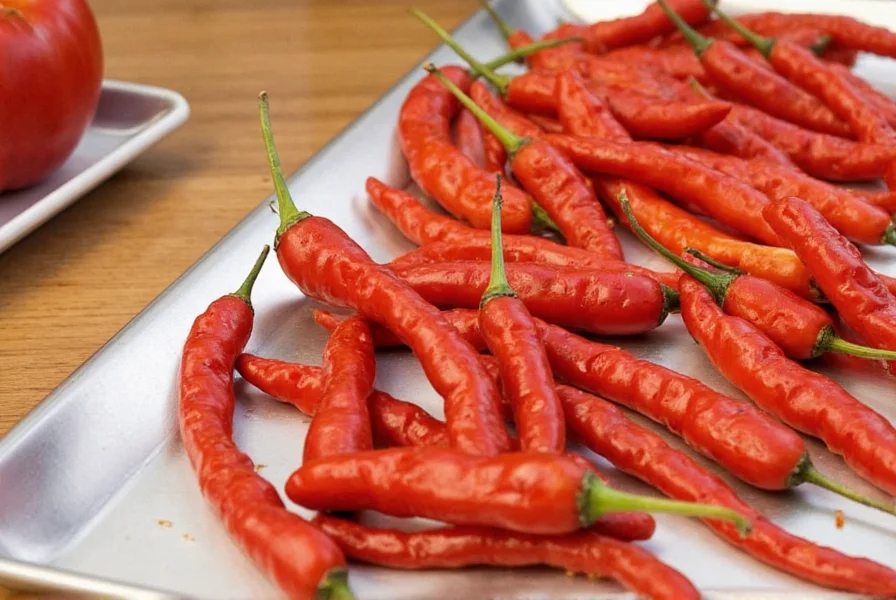
| Acid Source | Flavor Impact | Heat Reduction Level |
|---|---|---|
| Lime Juice | Fresh, zesty | Moderate |
| Apple Cider Vinegar | Earthy, slightly sweet | High |
| Tomato Sauce | Rich, umami | Low to Moderate |
Try adding a splash of apple cider vinegar just before serving—it won't overpower the flavor but will definitely mellow the spice.
Sweeten the Deal: Use Sugar or Honey
Sugar doesn't neutralize capsaicin directly, but it can balance the perception of heat. Sweetness helps distract the taste buds, making the overall experience more pleasant.
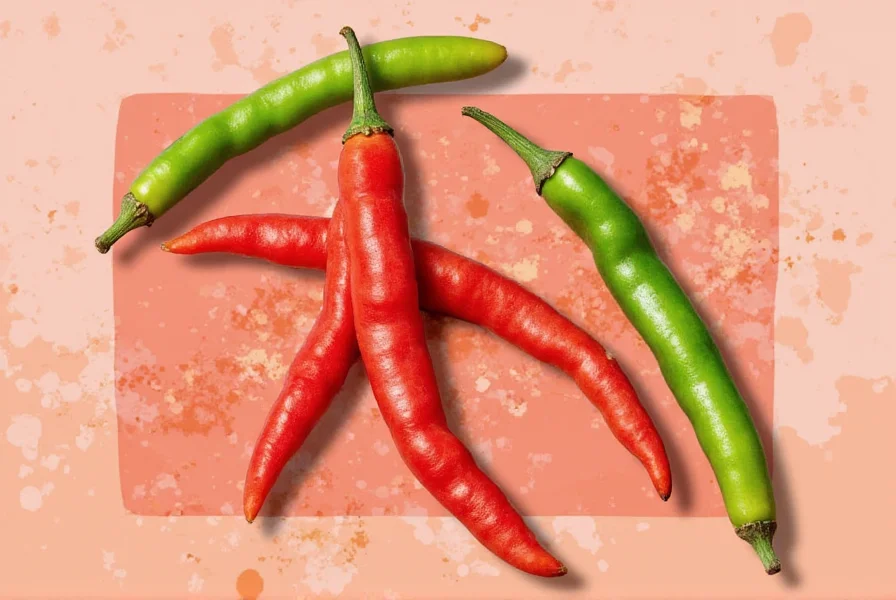
- Brown Sugar: Adds molasses undertones that complement rich chilis.
- Honey: A drizzle of honey can be stirred in at the end for a touch of sweetness.
- Ketchup: Many chili recipes already use ketchup, which contains both sugar and acid.
Pro Tip: Add small amounts at a time—you can always add more, but you can't take it back!
Fat Helps Cool Things Down
Since capsaicin is fat-soluble, fats act as carriers that dilute the intensity of the heat. Adding some butter, coconut oil, or avocado can work wonders.
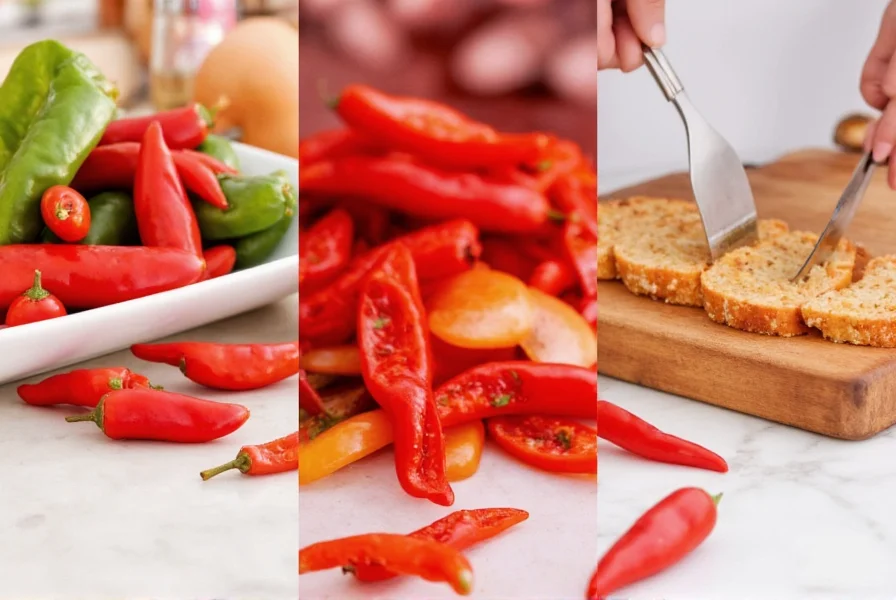
- Butter: Just a tablespoon can smooth out the sharp edges of the heat.
- Coconut Milk: Ideal for vegan chili lovers—adds creaminess and reduces spice.
- Avocado: Top your chili with diced avocado for a cool, creamy finish.
Pro Tip: Coconut milk is great in curry-based chilis. It softens the heat while enhancing flavor with subtle tropical notes.
Smart Ingredient Swaps to Cool Things Off
Don't want to change the texture of your chili? Try swapping out the hotter ingredients for milder ones. Here's how:
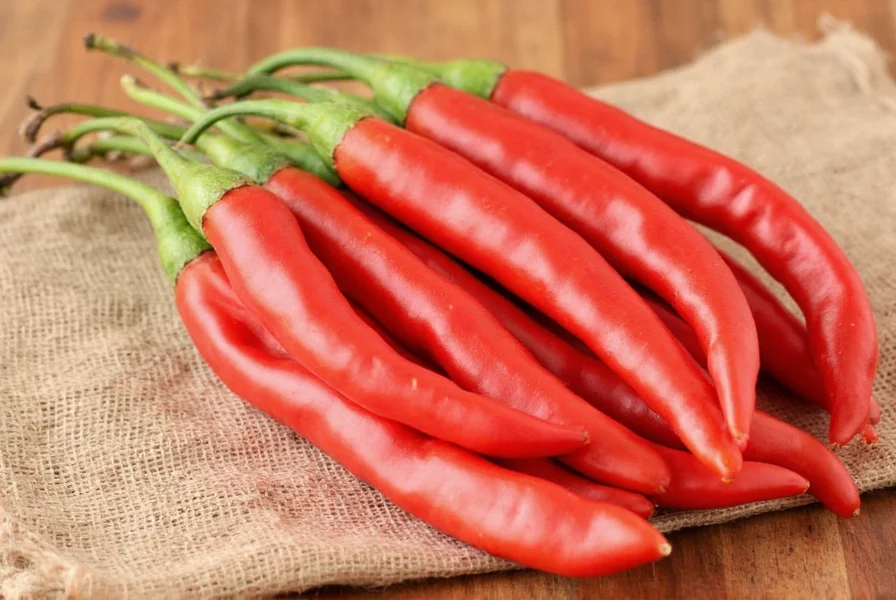
- Use Milder Peppers: Replace habaneros or ghost peppers with jalapeños or Anaheim peppers.
- Remove Seeds: The seeds and inner membranes hold most of the heat—removing them significantly reduces spiciness.
- Add More Beans or Meat: Bulk up your chili with more protein or legumes to dilute the concentration of spice.
Pro Tip: If you're using chili powder, opt for a mild blend or mix it with paprika to stretch the spice further.
Buying Guide: Must-Have Products for Chili Lovers
If you love cooking chili but don't want the burn, here are some must-have pantry items that can help reduce the heat while keeping the flavor dialed in.
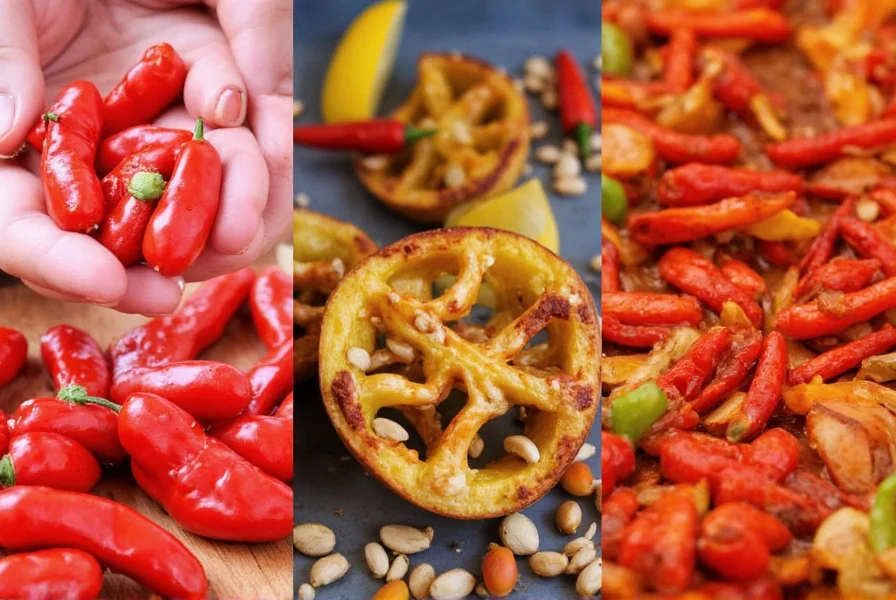
Dairy Essentials
- Organic Valley Whole Milk: Great for sipping alongside spicy dishes or stirring into soups.
- Fage Total 2% Greek Yogurt: Thicker than regular yogurt, ideal for topping or mixing into chili.
- Sherman Farms Sour Cream: Adds richness and balances the heat effectively.
Acids & Sweeteners
- Heinz Apple Cider Vinegar: Perfect for cutting through the spice and boosting flavor.
- Florida Crystals Raw Sugar: Natural and easy to dissolve, great for balancing heat.
- Y.S. Organic Bee Farms Honey: A little goes a long way—ideal for drizzling after cooking.
Spice-Control Tools
- OXO Good Grips Pepper Corer: Helps remove seeds and membranes from fresh peppers easily.
- All-Clad Stainless Steel Mixing Bowls: Useful for soaking peppers or prepping chili components separately.
Frequently Asked Questions
What's the fastest way to cool down a too-spicy chili?
Dairy products provide the fastest relief because they contain casein, which binds to capsaicin (the heat-causing compound). A splash of whole milk or a dollop of sour cream will cool the heat almost immediately. For immediate mouth relief while eating, dairy is your best bet, while for adjusting the entire pot, consider adding coconut milk or a bit of butter.
Does sugar really help reduce chili heat?
While sugar doesn't neutralize capsaicin directly, it effectively balances the perception of heat. Sweetness distracts your taste buds from focusing solely on spiciness, creating a more pleasant eating experience. Brown sugar works particularly well in chili as it adds complementary molasses notes. Start with 1 teaspoon at a time, stir well, and taste before adding more.
Can I fix my chili after it's already too spicy?
Absolutely! You have several options to fix an overly spicy chili: add dairy (milk, sour cream, cheese), incorporate acids (vinegar, citrus), include sweeteners (sugar, honey), add fats (butter, avocado), or dilute with more beans or meat. The best approach depends on your dietary preferences and what ingredients you have available. For immediate results, dairy works fastest, while acid and sugar provide more subtle balancing.
Why does dairy help reduce spiciness in chili?
Dairy helps because capsaicin (the compound responsible for heat in chili peppers) is fat-soluble. Dairy contains casein, a protein that binds to capsaicin and helps wash it away from your taste receptors. Whole dairy products work better than low-fat options because the fat content helps dissolve and carry away the capsaicin molecules more effectively.
How can I prevent my chili from becoming too spicy in the first place?
To prevent overly spicy chili: remove seeds and membranes from peppers (where most capsaicin resides), use milder peppers instead of hot varieties, start with less spice and gradually add more to taste, and consider using mild chili powder blends. When cooking, always taste as you go and remember that heat intensifies as the chili simmers and sits. It's easier to add spice than to remove it!
Are there vegan options to reduce chili heat?
Yes, several vegan-friendly options exist: coconut milk (adds creaminess while reducing heat), avocado (provides cool creaminess as a topping), acids like vinegar or citrus juice (help balance flavors), and sweeteners like sugar or maple syrup. These options work particularly well for vegan chili recipes without compromising the plant-based nature of your dish.
Will adding more ingredients change the flavor of my chili?
Any addition will slightly alter the flavor profile, but when done thoughtfully, these adjustments enhance rather than compromise your chili. For example, apple cider vinegar adds complexity while reducing heat, and brown sugar complements the rich flavors in chili. The key is to add ingredients gradually and taste as you go to maintain the perfect balance of heat and flavor.
Conclusion
Learning how to cut the heat in chili is all about balance—between flavor, texture, and your own tolerance level. Whether you lean into dairy, play with acid, or reach for the sugar jar, there are plenty of ways to enjoy a spicy meal without the sting.
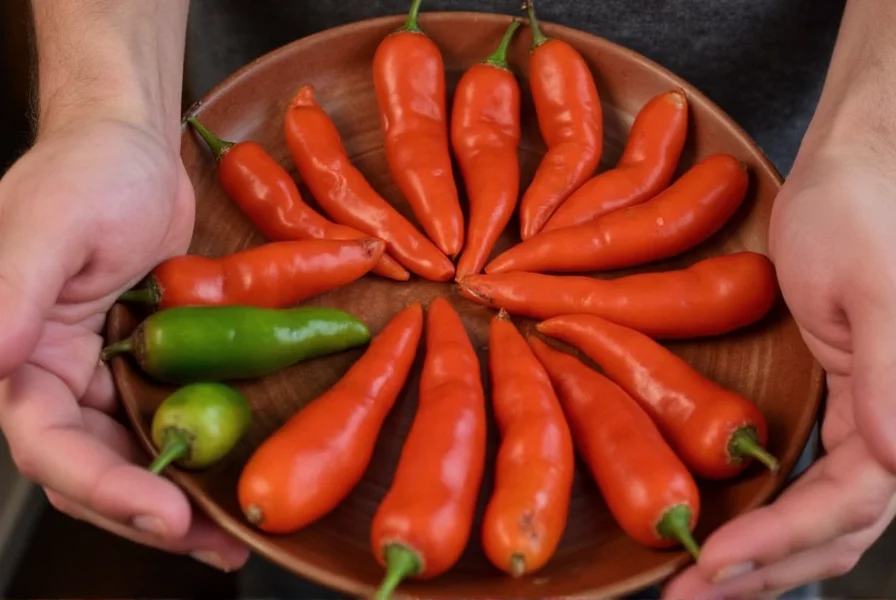
Now that you have the tools and knowledge, you're ready to tweak your chili recipes like a pro. Don't be afraid to experiment—sometimes the best discoveries happen when you're trying to dial things down. Happy (and comfortable) cooking!

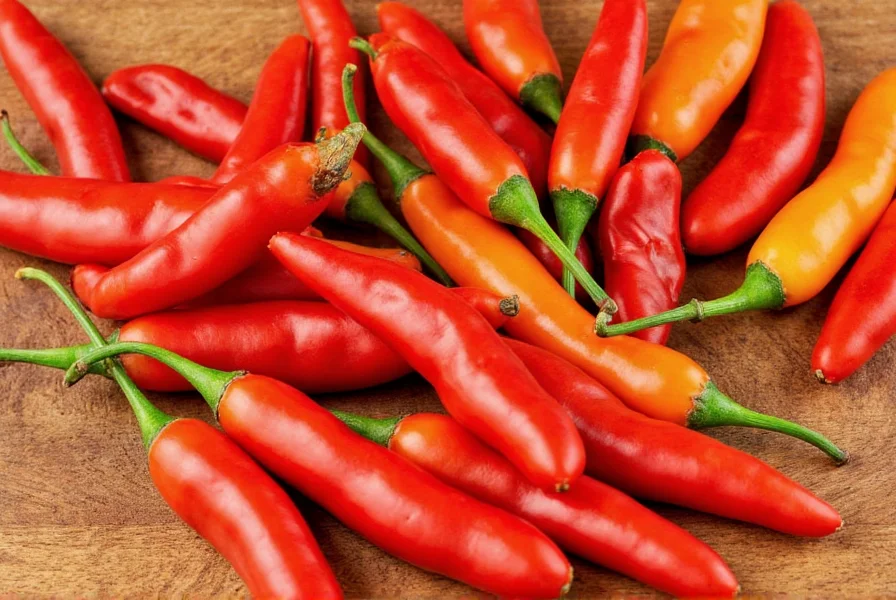









 浙公网安备
33010002000092号
浙公网安备
33010002000092号 浙B2-20120091-4
浙B2-20120091-4